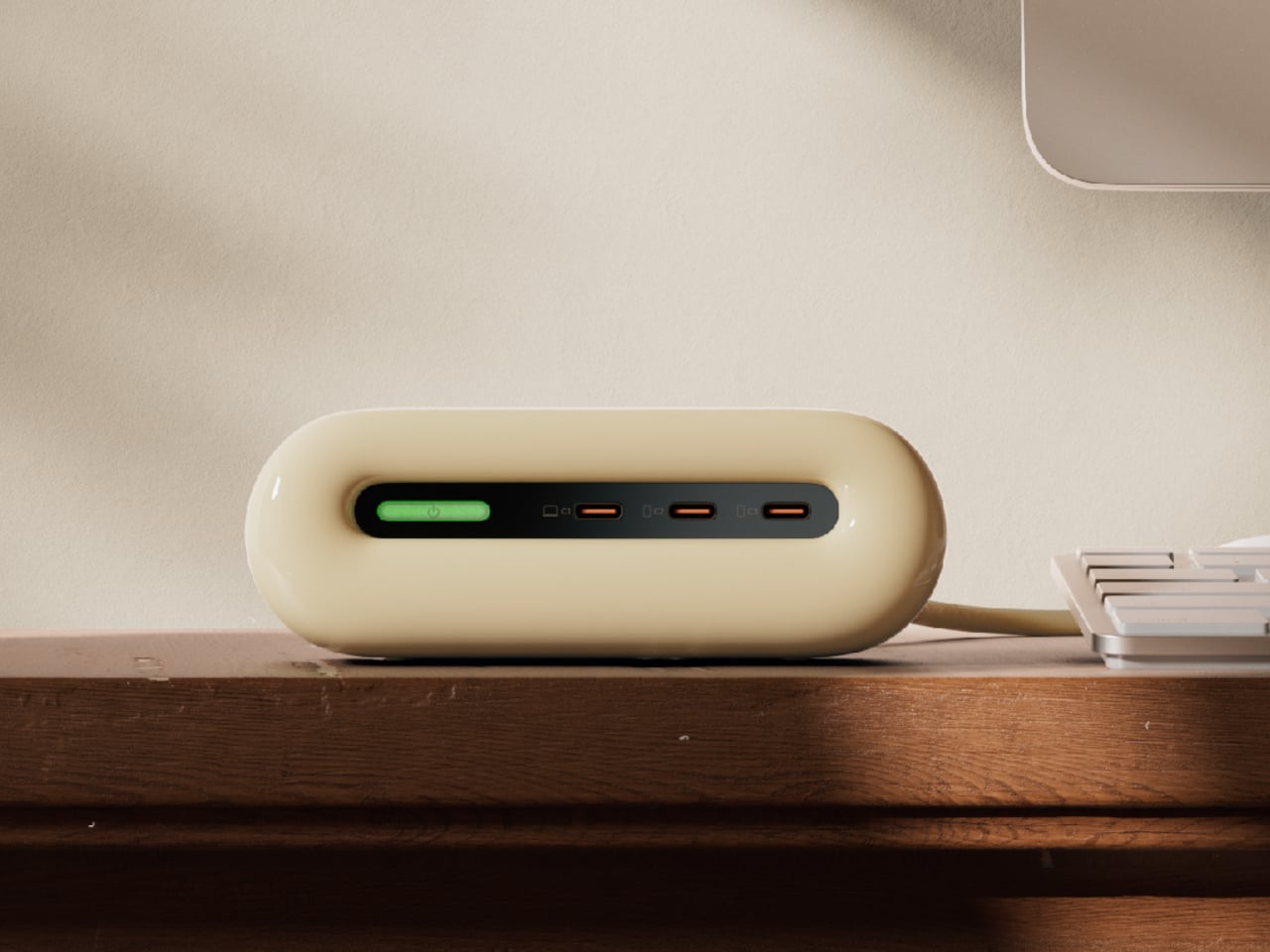
Nothing can be more distracting or disconcerting than a mess of cables on your desk. Even if you decide to ignore them, the clutter leaves an imprint on your subconscious that can affect your mood and productivity without you knowing it. Power strips can offer some semblance of cable management, but their bland and clinical designs often leave a poor impression on people’s minds, leading to the same unconscious effect. There’s no rule that even mundane consumer electronics like these need to be uninspiring and impersonal, and this concept design tries to give the power strip a more approachable appearance that looks as soothing as fluffy clouds in the sky.
Designers: Yui Xue, Yien 子梁, Neville 初九. 冯 康奕, Huang Luo
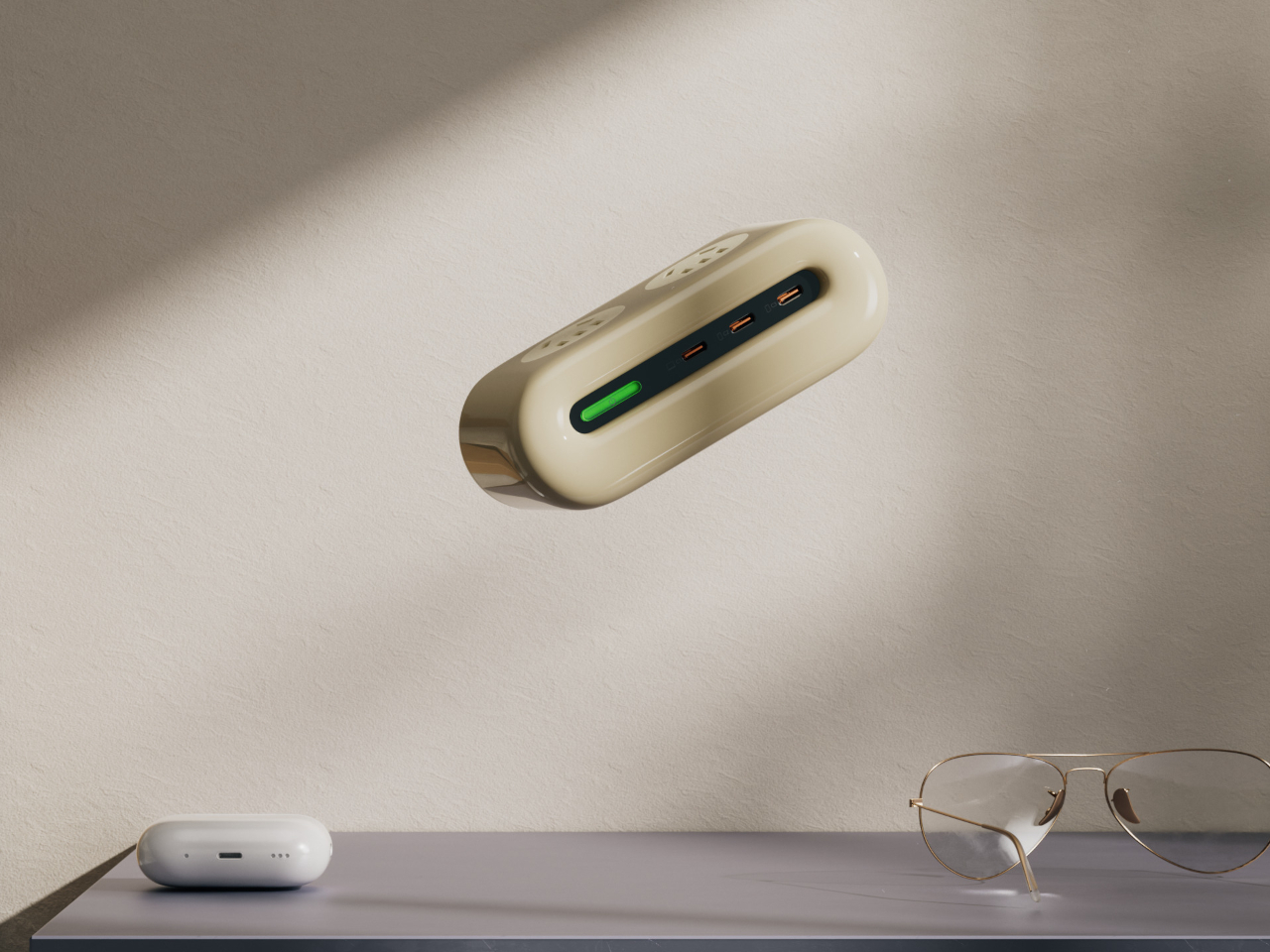
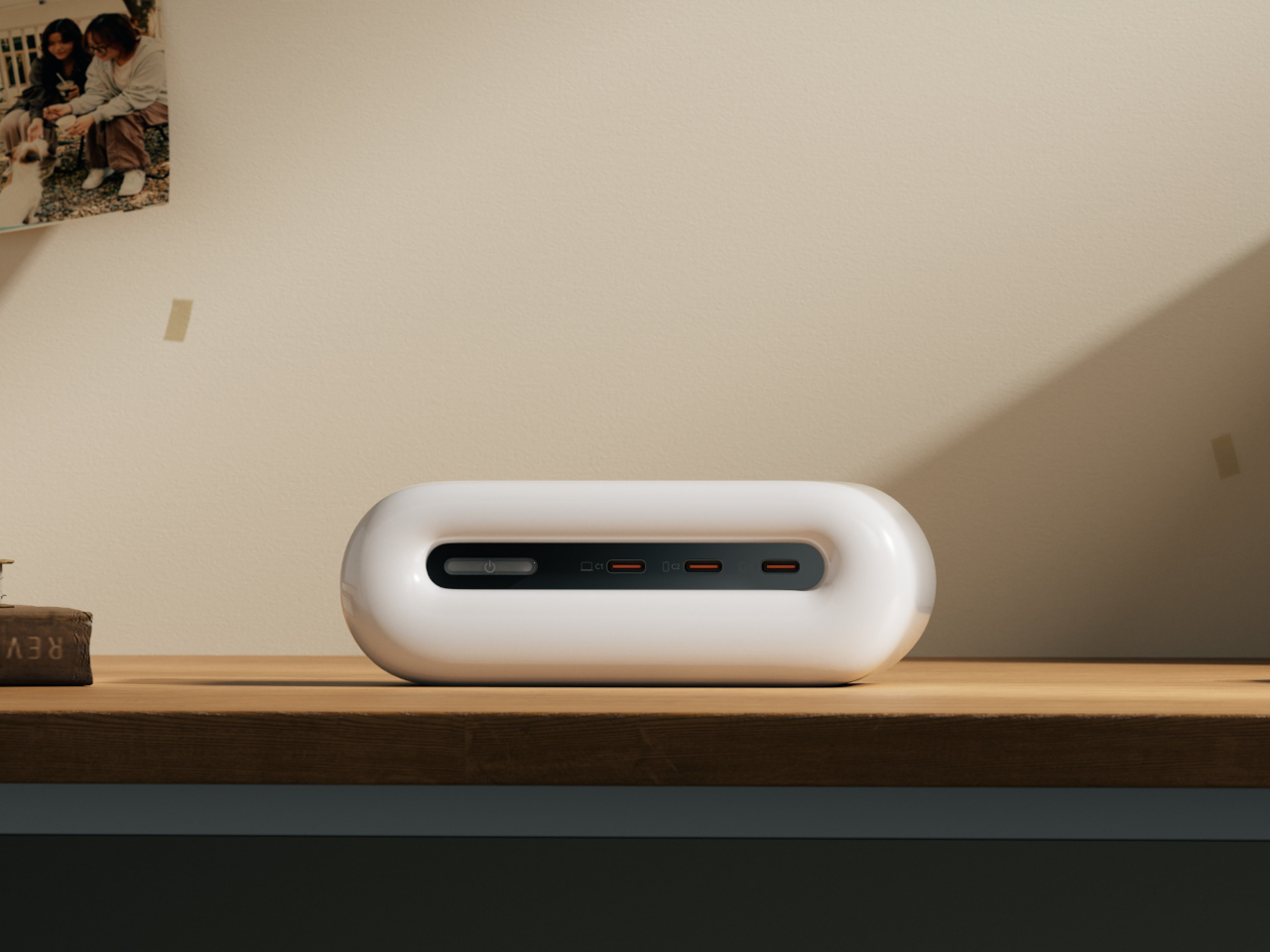
Most power strips, even those with USB ports, are long and boxy, designed to maximize space more than anything else. While there’s definitely nothing wrong with being efficient, there’s also a multitude of ways to hit two birds with one stone. With a little creativity and inspiration from Mother Nature, one can also design a product that’s both functional and pleasing at the same time.
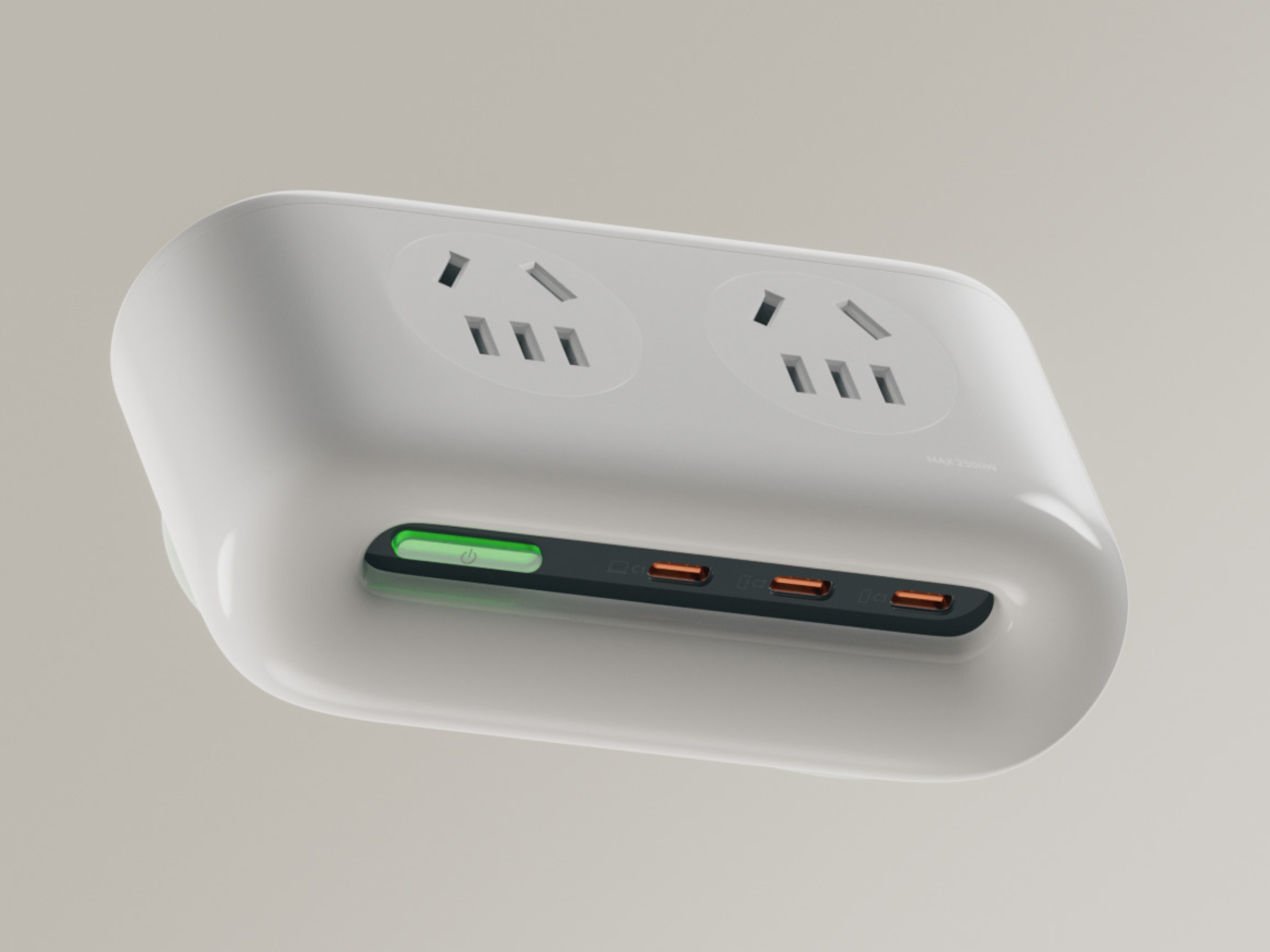
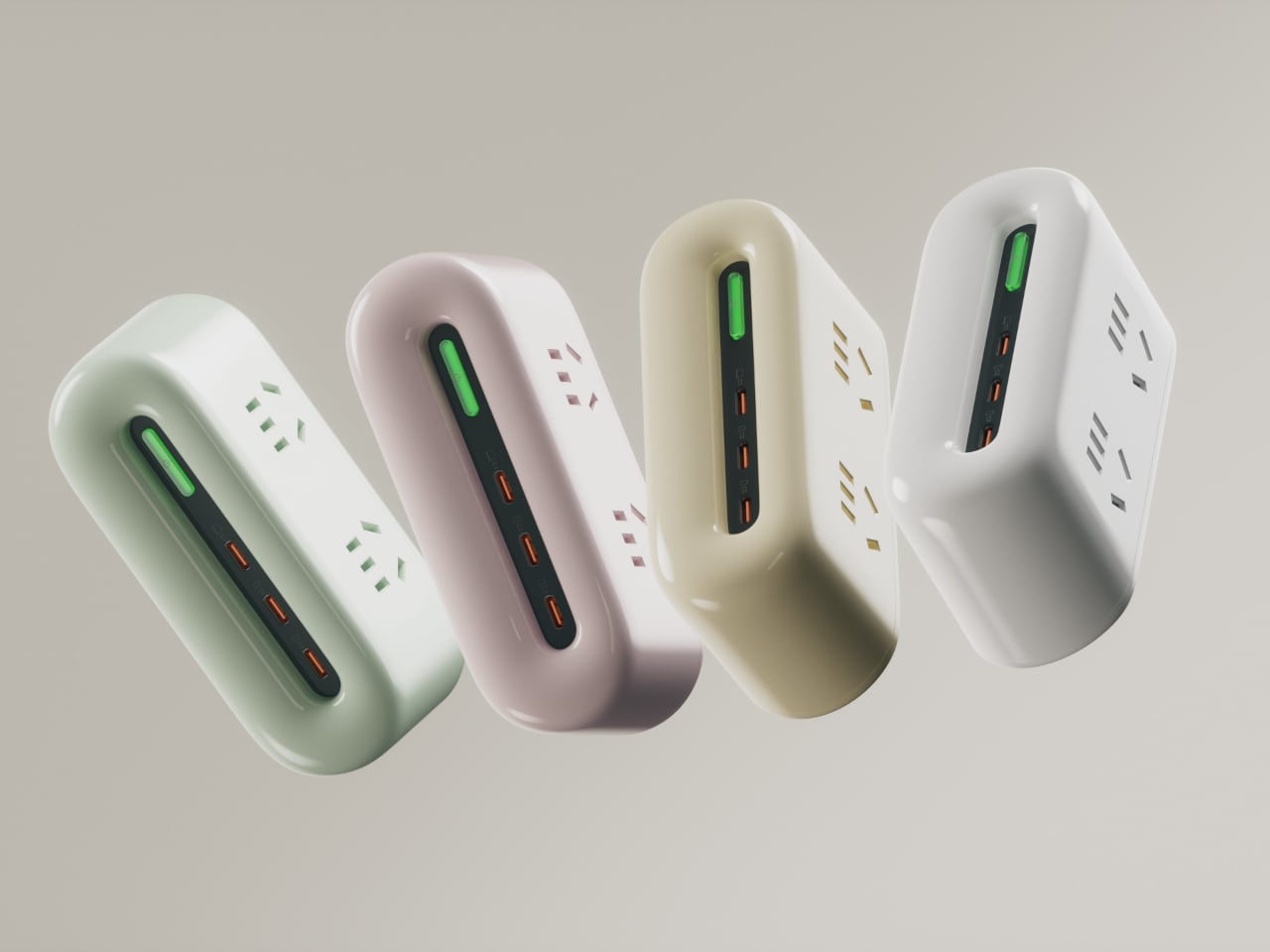
The Cloud Air power strip concept is an example of this design, putting the focus not just on practical functions but also aesthetics. Although not exactly soft and fluffy as a cloud, the design’s smooth curves, soft hues, and glossy finish do bring positive vibes. The power strip almost looks like it’s encased in some rubbery cushion, negating the harshness that’s often associated with these devices.
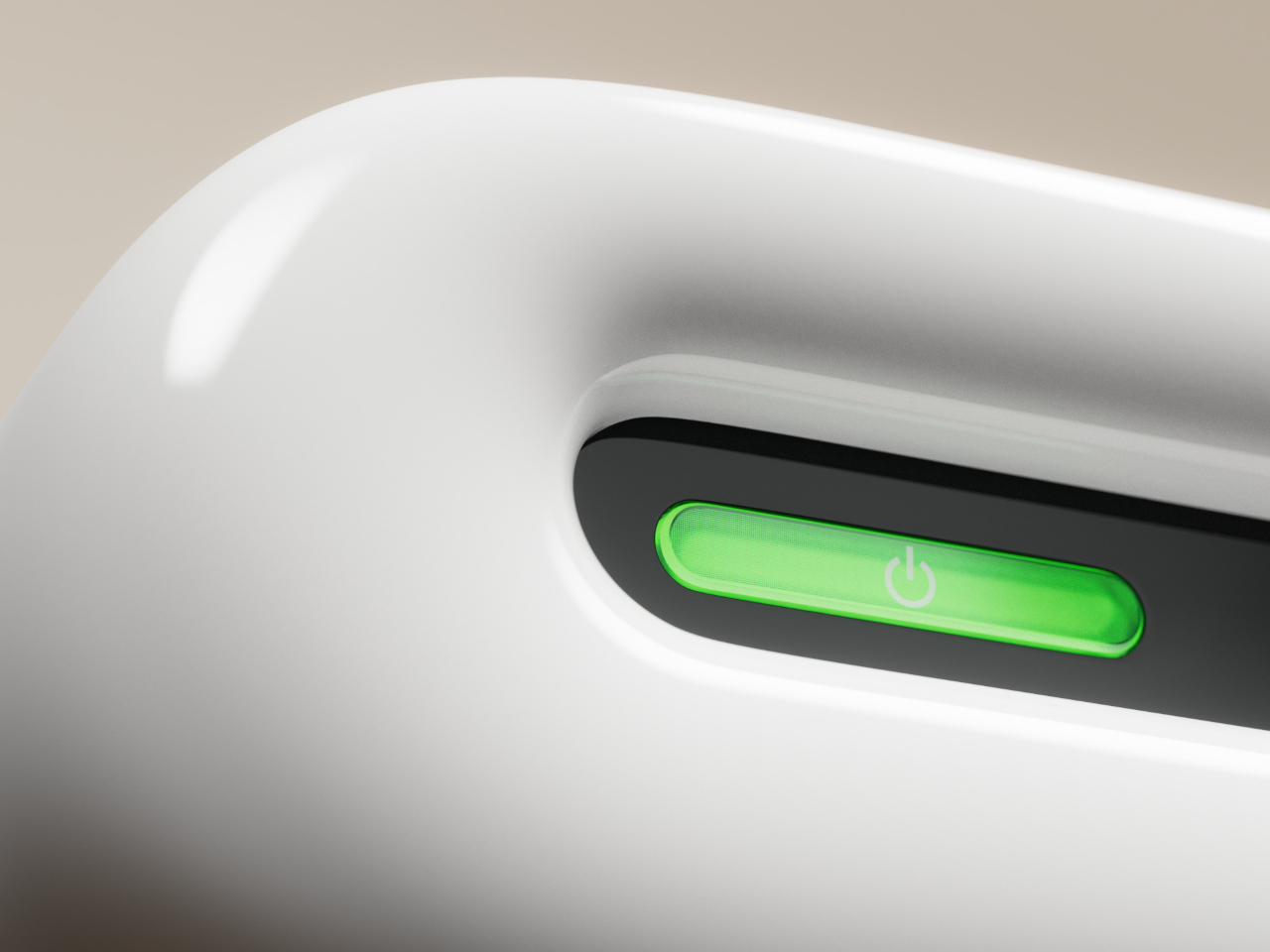
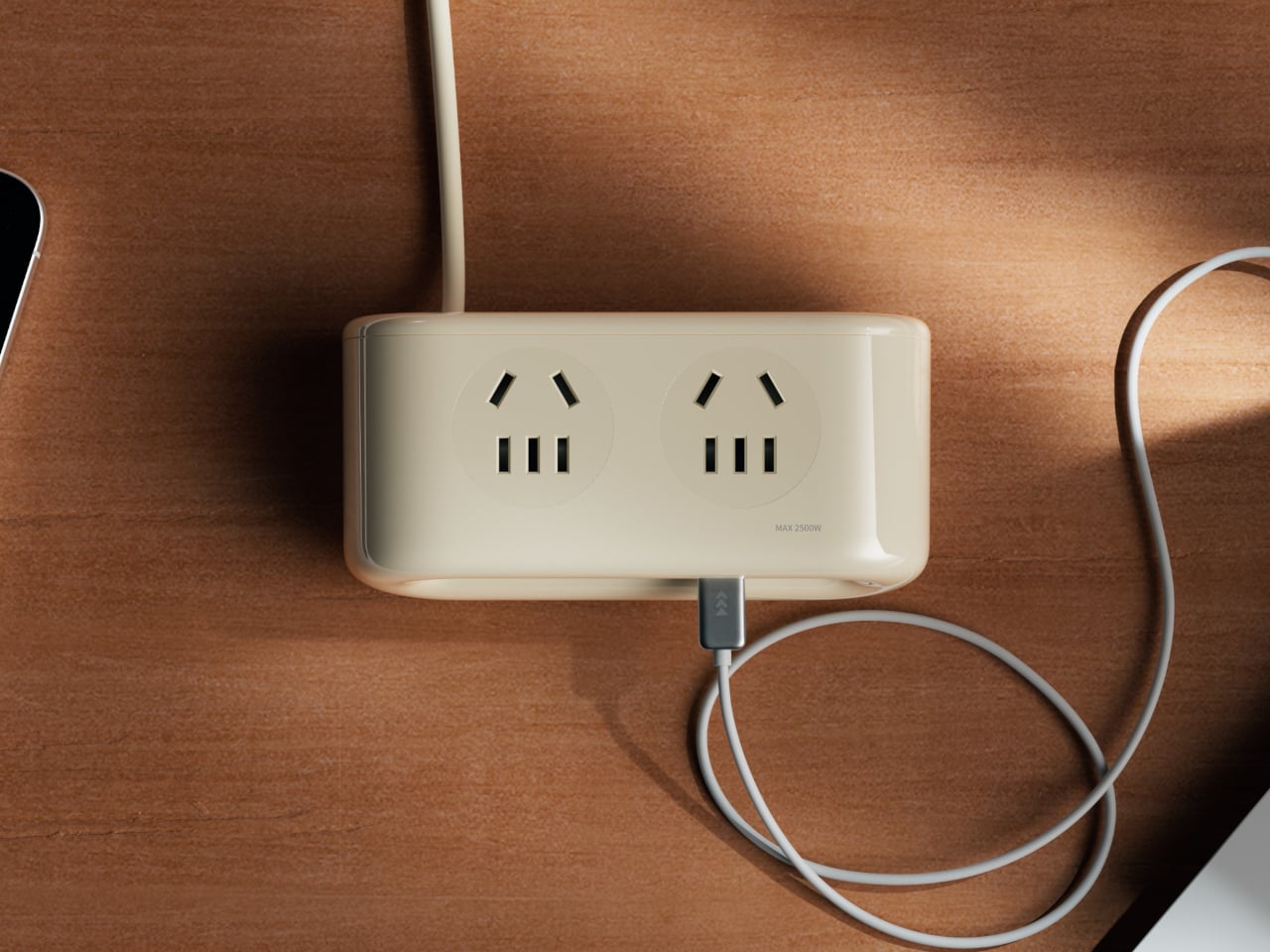

Cloud Air isn’t like your regular power strip either, as it functions more like a charging hub. It has three USB-C ports in front and two AC power outlets on top. Admittedly, these might not be enough for heavy computer users, but it’s sufficient for charging a few devices simultaneously. The design isn’t limited to a two-outlet configuration either, those a longer strip might defeat the purpose of having a compact and cute “cloud” on your desk.
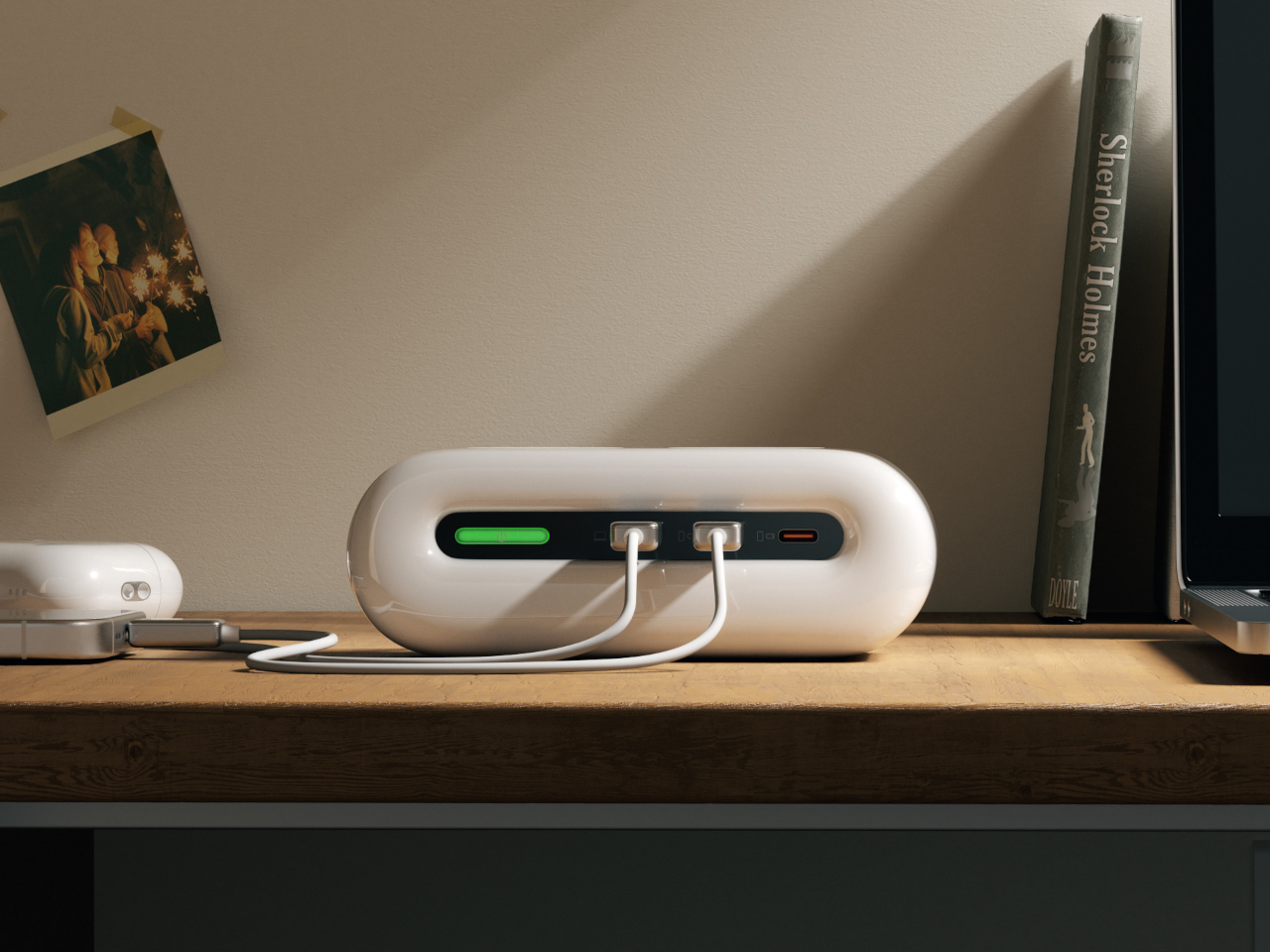
At the end of the day, the purpose of the concept is to have a power strip you’ll actually want to see. Yes, it will have cables running out of its front and power bricks sticking at the top, but the jelly-like aesthetic of the design also balances that out. It’s not a perfect solution, but it does break the stereotype of power strips, charging hubs, and other accessories that look cold and stiff for very little reason other than tradition.
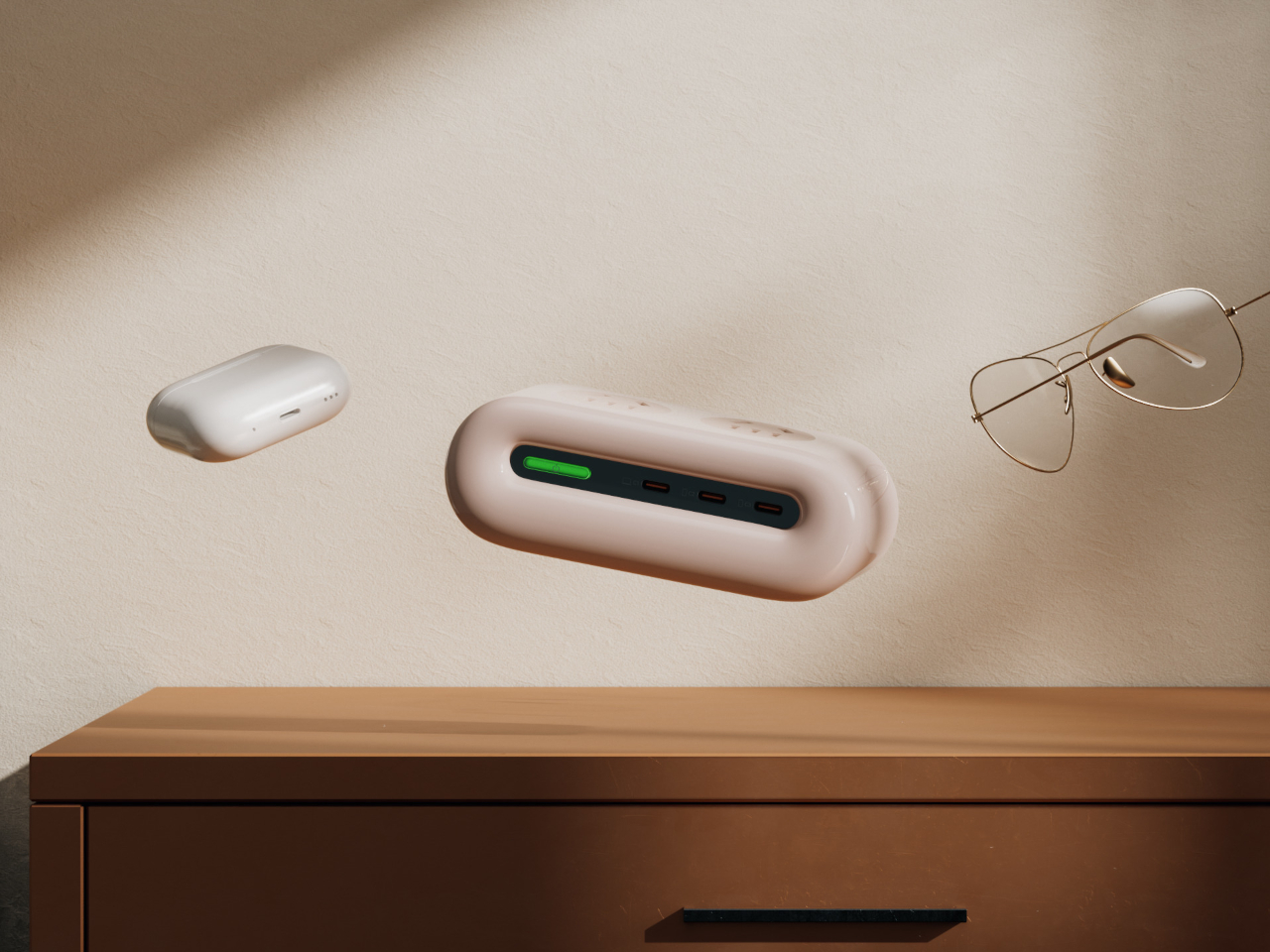
The post Cloud-inspired power strip concept wants to bring calm to your wire-tangled desk first appeared on Yanko Design.